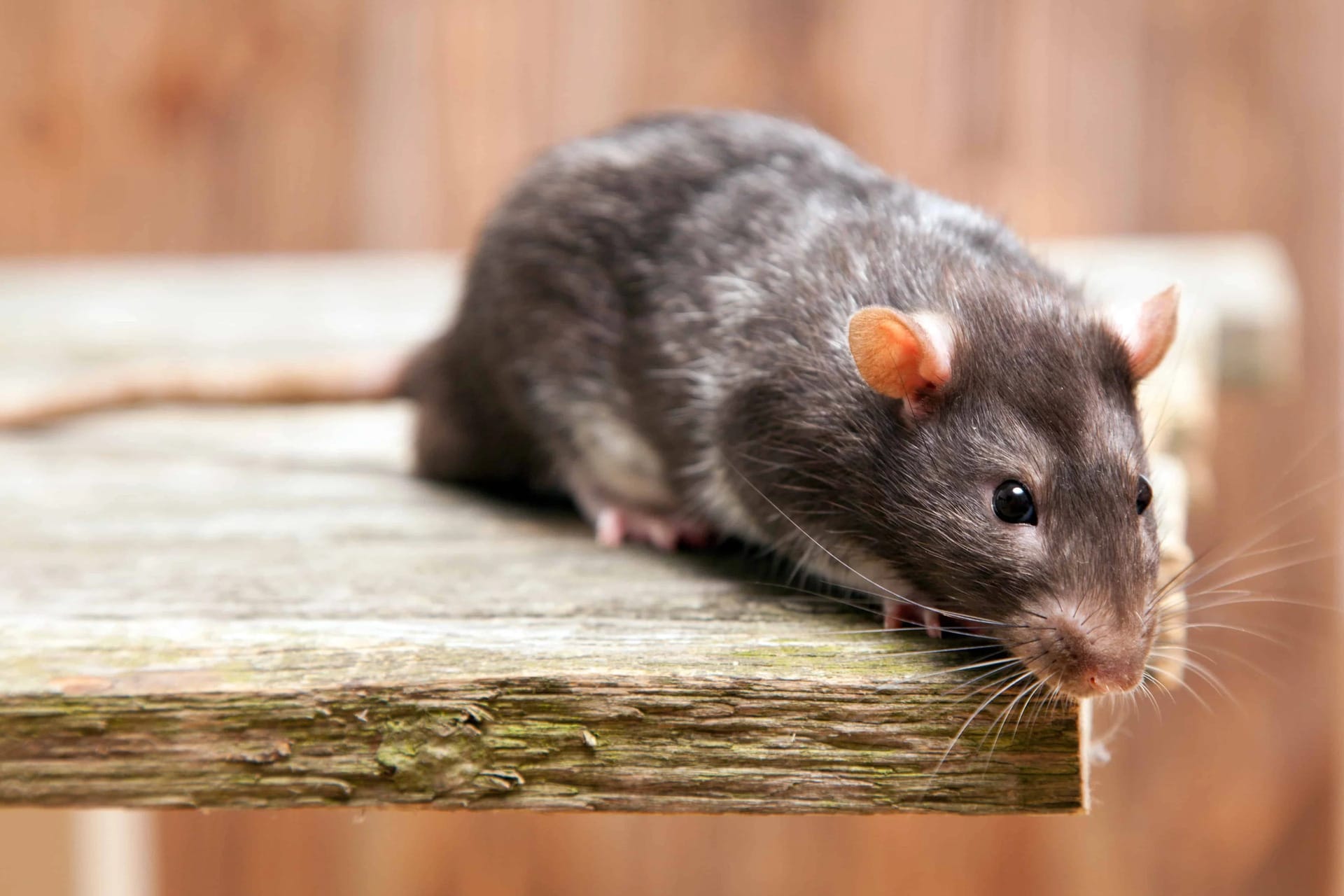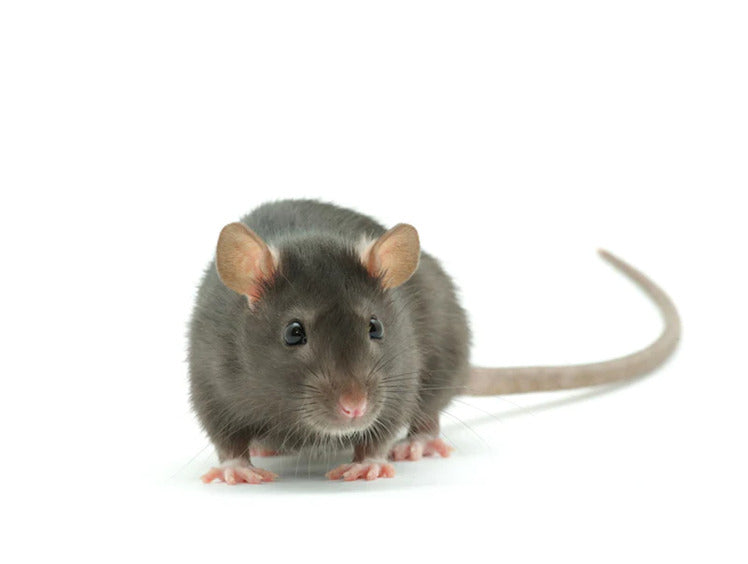
RODENT TIPS

Rats & Mice
Mice and rats are quite comfortable living among us. They are attracted to the shelter that our homes provide to them while our eating areas serve as their food source and leaky pipes and other water sources fulfill their need for moisture. Mice and rats will typically enter a home when the weather turns colder and they seek out shelter from the elements.
Collapsible content
Detection
Rats & Mice Detection
Mice are quite comfortable living among us. They are attracted to the shelter that our homes provide to them while our eating areas serve as their food source and leaky pipes and other water sources fulfill their need for moisture. Mice will typically enter a home when the weather turns colder and they seek out shelter from the elements. There are many signs that you have a rodent infestation, the following signs are good indications that you should take action:
- You see the mouse! An actual sighting inside the home confirms your suspicion that you do indeed have a mouse in the house. At times the mouse may be quick and homeowners will report catching a glimpse of something they saw scurry along the floorboard. This may indeed be a mouse! Check the area for droppings to help confirm your suspicions.
- You notice droppings. There is a good chance that mouse droppings are your first sign that there is indeed a mouse in your house. According to the National Pest Management Association, a mouse produces between 40 to 100 droppings per day, while a rat produces between 20 to 50 droppings. Mouse droppings are best described as small, pellet-shaped and dark brown in color with pointed ends. Mice droppings are typically small, about ¼-inch in length. You can tell if they are fresh droppings by the color. Newer droppings will be darker and shinier while older droppings will look chalky and dry. Rat droppings are similar in shape but larger, typically ½-inch to ¾-inch in length with blunt ends.
- You hear the mice, particularly at night. It is not uncommon for a homeowner to hear mice inside the wall or up in the attic. Mice are very small and light in weight so the sounds will be faint and are often heard when the house is quiet. Sounds are most often described as scratching, squeaking, gnawing and very light scurrying. Sounds like these should be investigated as it likely indicates that you have some type of rodent or wildlife infestation.
- You discover packaged foods are gnawed open. Your pantry may serve as a smorgasboard for a family of mice. If you notice items that have been chewed upon and opened inspect further for droppings to confirm your suspicion that it is mice. Remember to also closely examine pet food bags for damage.
- You notice damage to areas of your home. Mice may chew through window and door frames, baseboards, cabinets or walls to gain entry. Look for very small tooth marks and small wood chips left in the area to indicate that rodents have entered. Electrical problems in a home may be the result of a mouse infestation. This is a dangerous situation that can result in a fire and should be addressed immediately.
- Certain areas of your home have a musky smell. The smell may indicate the presence of mice and should be further investigated.
Elimination
Rats & Mice Elimination
The best mouse trap in the world won’t catch a mouse if it is not properly placed. This is what truly sets the professionals apart from the homeowners when it comes to catching rodents. Follow these tips to strategically placing your rodent traps and you should be on your way to controlling the rodent populations in and around your home in no time.
- Safety first, if you have children and/or pets in the home you must take extreme caution on the placement of snap traps used in the home. Depending on the area of the home that you have discovered the mice you must conceal snap traps and place them in areas where children and pets cannot access them. If evidence of mice was found in the kitchen consider placing traps far enough underneath the cabinets that tiny fingers or paws cannot reach them. Rodents often travel to the kitchen through pipes that run to the kitchen sink. Snap traps and glueboards are useful in this area. We suggest emptying out this cabinet completely until control is gained and dedicate the space completely to trapping and/or monitoring. Place the Snap Trap perpendicular to the wall in areas where mice are likely to enter or travel along the perimeter of the cabinet. Securely attach the bait. Keep children out with a child-proof cabinet lock.
- Second, it probably goes without saying but you want to set the traps or place glue boards in areas where evidence of rodents has been found. For example, if you discovered rodent droppings in your basement you will want to set a trap in the general area of these droppings, the same idea applies to the kitchen, the attic, etc. Often times evidence of the rodents will appear near the food source.
- For easy clean-up place newspaper or cardboard underneath the traps to protect the surface from their disease-carrying urine and droppings.
- It is important that you understand the habits of rodents and how they travel. Mice have poor eyesight and will typically walk along baseboards or walls to navigate around the perimeter of a room or space. Your snap trap should be placed perpendicular to the wall that you believe the rodents are traveling along. The trigger side that holds the bait should be up against the wall. Placing traps in two’s is usually effective.
- If you are certain that you have a rodent infestation and placement of your traps is not resulting in any catches then move your traps to a new area. On the other hand, if you successfully trap a rodent reset the trap in the same area to see if you catch more mice.
- One of the most important tips we can give you for using mouse traps is to use enough traps. Often times where evidence of a single mouse exists there are many more mice within the structure.
